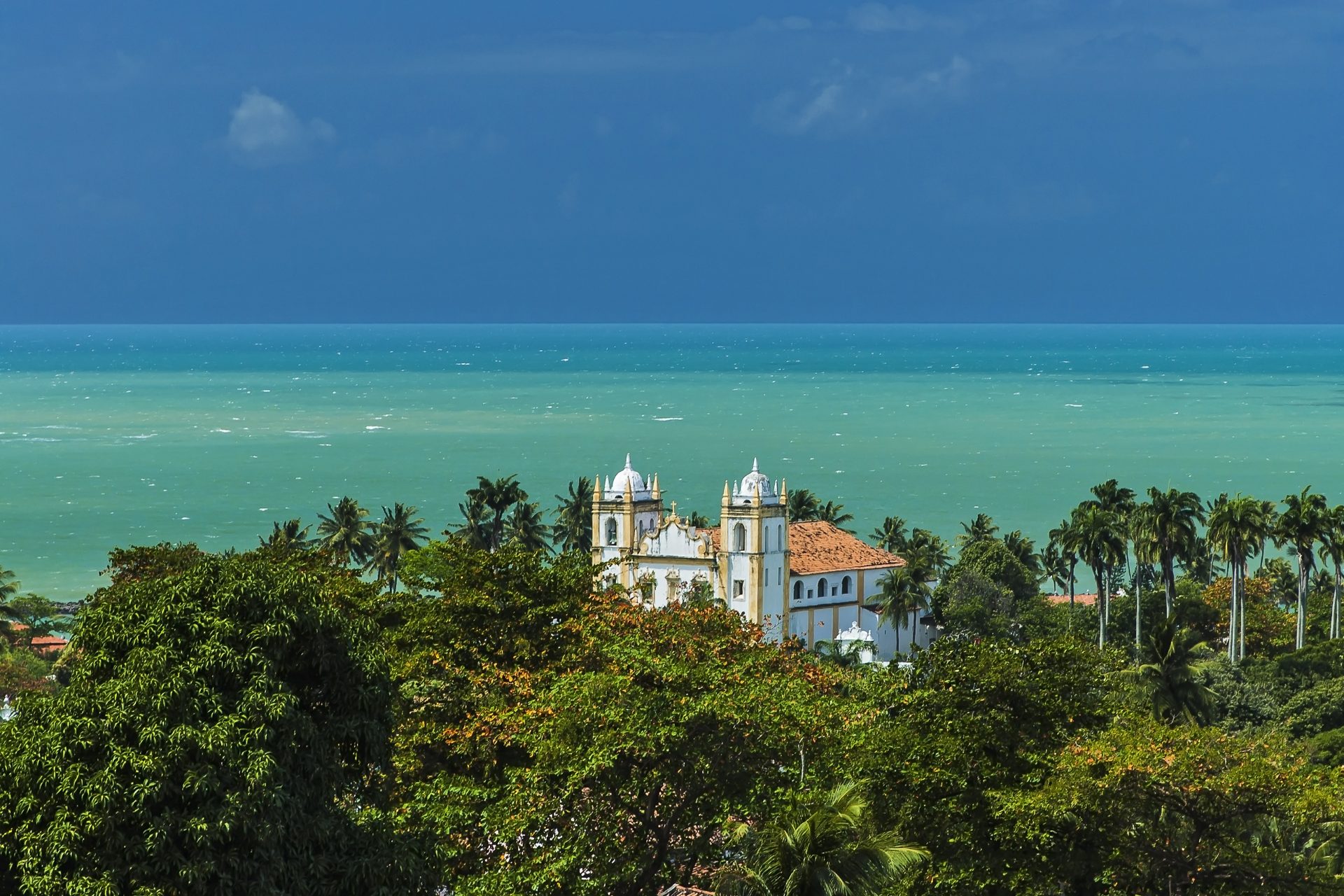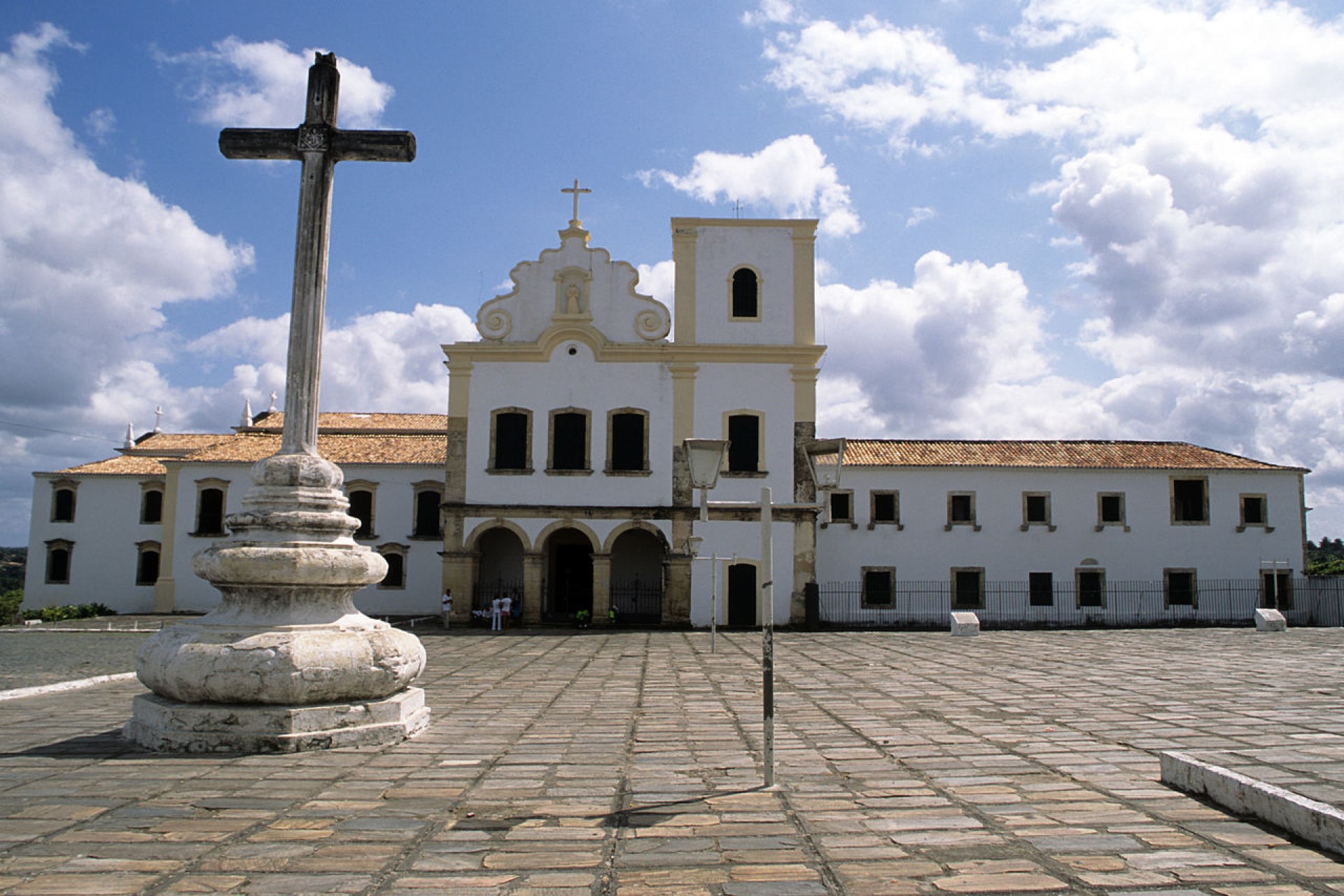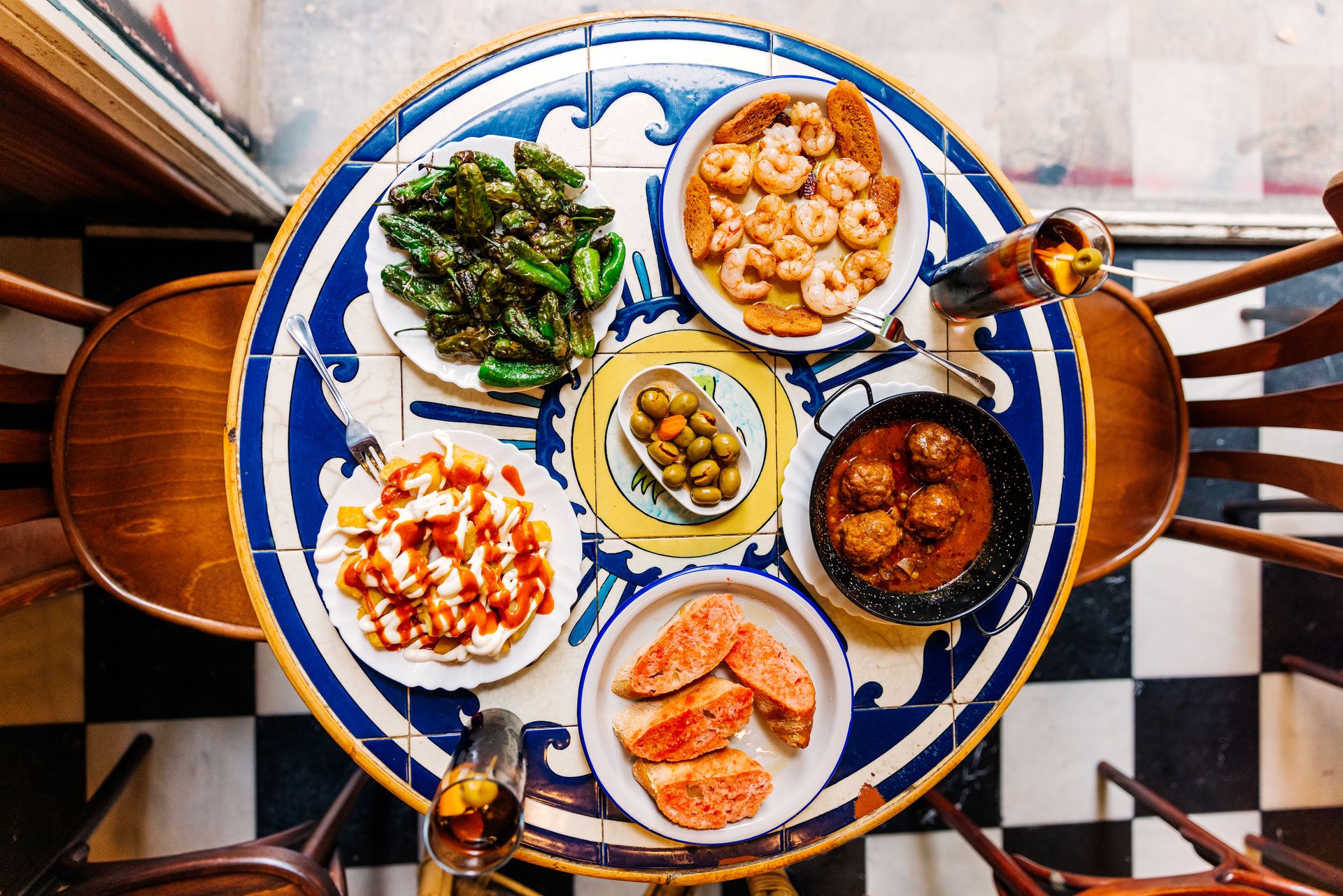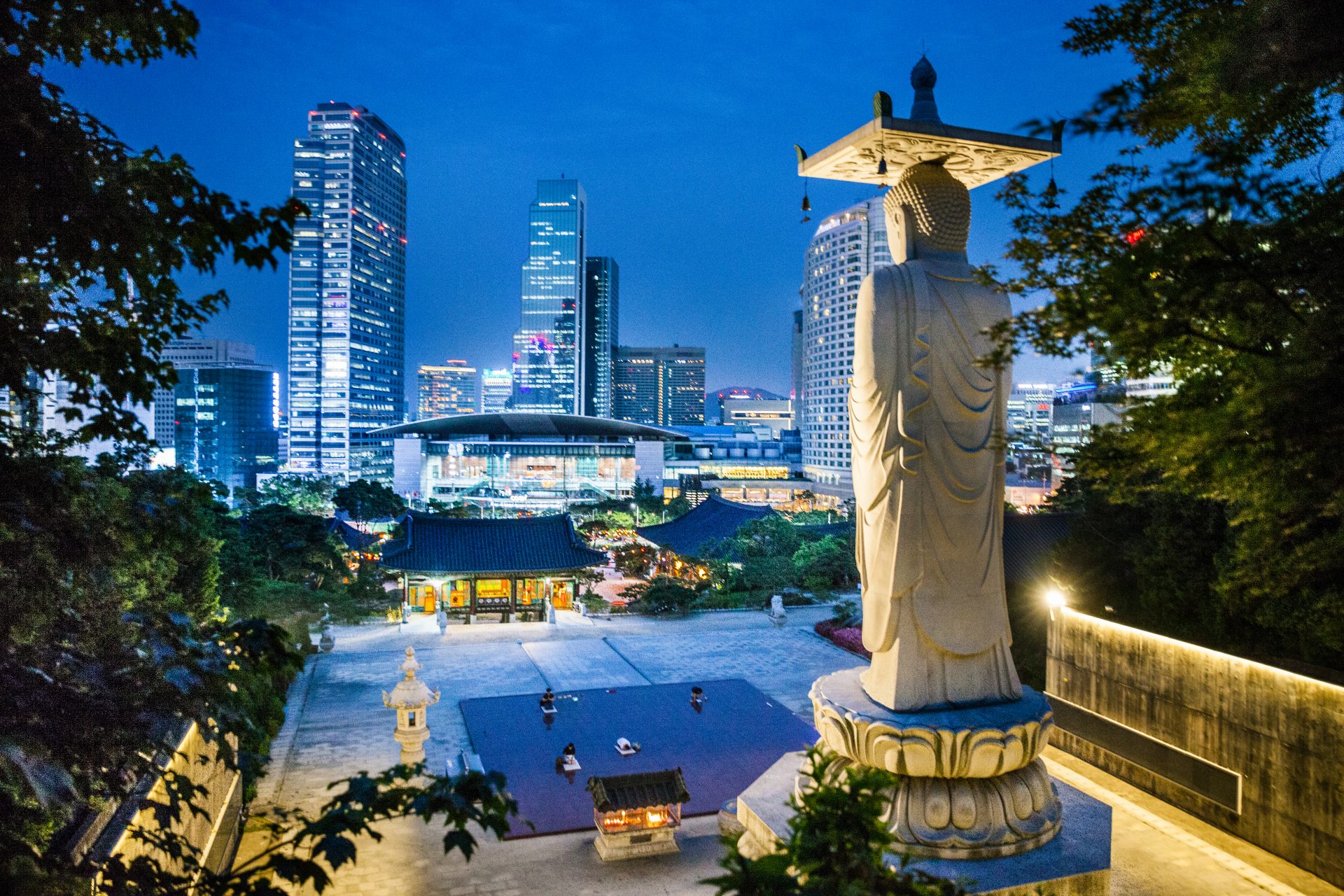The most beautiful World Heritage Sites in Brazil
Brazil is a multifaceted country: not only does it have natural wonders but also cities that are considered World Heritage Sites. The title is conferred by Unesco in recognition of the importance of the architectural and cultural structure, as well as the maintenance of natural diversity. Check out these beauties in the gallery!
The UNESCO title was granted to the city in 1983. Olinda was founded by the Portuguese in the 16th century and its history is linked to sugar production. After being looted by the Dutch, it was rebuilt. That's why its central urban fabric dates back to the 18th century. Thanks to its harmonious buildings, 20 baroque churches, convents, and numerous small steps (chapels), the city has a unique charm.
Ouro Preto was the first Brazilian city to receive the title of World Heritage site, in 1980. However, its listing by the National Historical and Artistic Heritage Institute (Iphan) already took place in 1938.
The granting of the title to the city of Minas Gerais was due to the preservation of its essence, such as the practically intact urban layout, as well as expressive architectural works, such as the churches of São Francisco de Assis, Nossa Senhora do Pilar, Conceição, and Carmo.
Located in the heart of the pampas and surrounded by vegetation typical of the South American continent, the ruins of São Miguel das Missões, in Brazil, as well as those of San Ignacio Miní, Santa Ana, Nuestra Señhora de Loreto, and Santa María la Mayor, in Argentina, are impressive reminiscences of five Jesuit missions built in the 17th and 18th century. Europeans tried to convert the Guarani people in the isolated region.
The UNESCO title was granted to the city in 1985. The historic center maintains public spaces that form the richest urban complexes of Portuguese origin: the Municipal Square, the Terreiro de Jesus, Caminho de São Francisco, Largo do Pelourinho, Largo de Santo Antônio, and Largo do Boqueirão. They are all connected by colorful streets, slopes, and alleys.
Photo: Marianna Smiley / Unsplash
Located in the heart of the country, the capital of Brazil was built from scratch between 1956 and 1960. This amazing feat made it a reference in the history of urban planning. With the architecture of Oscar Niemeyer and the urban layout by Lúcio Costa, the city exposes modernity, harmony, and a lot of creativity.
Photo: Ramon Buçard / Unsplash
The Serra da Capivara National Park reveals an expressive set of ancient human occupations in Latin America. In a rocky structure, it is decorated with cave paintings, some over 25,000 years old.
Nature serves as a frame for everything that surrounds the city of Rio de Janeiro. As the first urban area in the world listed by UNESCO, it stands out for spaces such as the Tijuca National Park, the Botanical Garden, Guanabara Bay, the Corcovado Mountains, and, of course, Christ the Redeemer.
Photo: Raphael Nogueira / Unsplash
The Cais do Valongo Archaeological Site, located in the old port area of Rio de Janeiro, received the title of World Heritage by UNESCO in recognition of its universal value and also as a memory of violence against Humanity. The pier was built in 1811, and around one million enslaved people passed through there for about 40 years, making this place the largest entry point for slaves in the world.
Paraty and Ilha Grande are places that combine natural and cultural characteristics. The coastal region is one of the best preserved in Brazil. It has four protected natural areas of the Brazilian Atlantic Forest, one of the five main centers of biodiversity in the world.
Historically, at the end of the 17th century, Paraty was the endpoint of the Caminho do Ouro, the gold shipping route to Europe. Its port was the entry point for African tools and enslaved people brought to work in the mines. The historic center of Paraty maintained its 18th-century urban design and much of its colonial architecture, which dates from the 18th and early 19th centuries.
Photo: Guilherme Olimpio / Unsplash
Over the course of four decades, Sítio Roberto Burle Marx was conceived by architect, landscape designer, and artist Roberto Burle Marx with the aim of creating a “living work of art” and a “landscape laboratory”, using native plants combined with modernist ideas. The project was started in 1949 and influenced the development of modern gardens internationally.
In the city of Olinda, the highlights are the Monastery of São Bento de Olinda, built in 1586 and rebuilt in 1654, in baroque style, and the Sé Cathedral, with a view of the sea and an interior full of gold details and Portuguese tiles.
The Sanctuary of Bom Jesus dos Matosinhos, in Congonhas do Campo, was recognized as a World Cultural Heritage Site by Unesco in 1985. The complex was built in the second half of the 18th century and is one of the most important places for those interested in the Baroque style. It is decorated with more than 60 sculptures in soapstone.
São Luís do Maranhão was founded by the French and occupied by the Dutch before Portuguese ruled it by the end of the 17th century. Its structure has been completely preserved with streets organized in a rectangular way. Among the most significant buildings are the Palácio dos Leões, Cathedral, Convento das Mercês, Casa das Minas, Teatro Artur Azevedo, Casa das Tulhas, Fábrica de Cânhamo and Igreja do Carmo.
Photo: Iara / Unsplash
In the 18th century, the mining town was the largest diamond extraction center in the world. It got its UNESCO title due to its good preservation of the urban layout and architectural pattern.
The urban layout of the Historic Center of Goiás is an example of the organic development of a mining town, adapted to the conditions of the region. Its architecture is modest, but it forms a harmonious whole, thanks to the consistent use of local materials and techniques.
Photo: Publicity / Ibram Goiás Museums
Praça São Francisco is made up of a set of buildings that represent the period in which the crowns of Portugal and Spain were united, between 1580 and 1640. Among its most emblematic buildings are the Church and Convent of São Francisco, Nossa Senhora das Vitórias, Rosário dos Homens Pretos, Nosso Senhor dos Passos, Conjunto Carmelita and the two-story Balcão Corrido in Praça da Matriz.
Photo: Anderson Schneider, IPHAN / Wikimedia
The construction of the Conjunto Moderno da Pampulha was ordered in 1940 by the then-mayor of Belo Horizonte, Juscelino Kubtischek. The garden city project became a valuable monument. It was the result of the creativity of the architect Oscar Niemeyer, the sensitivity of the landscaper Roberto Burle Marx and the painter Cândido Portinari.
Its structure is made up of four articulated buildings around a reflecting pool: the Church of São Francisco de Assis, the Casino (currently the Pampulha Art Museum), the Casa do Baile (Reference Center in Urbanism, Architecture and Design Belo Horizonte), and the Iate Golfe Clube.
































